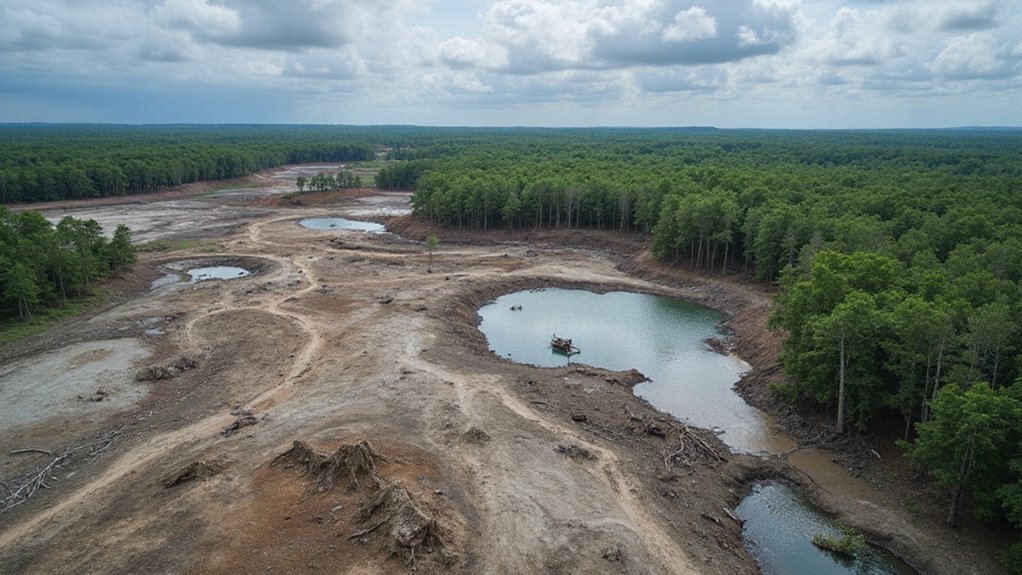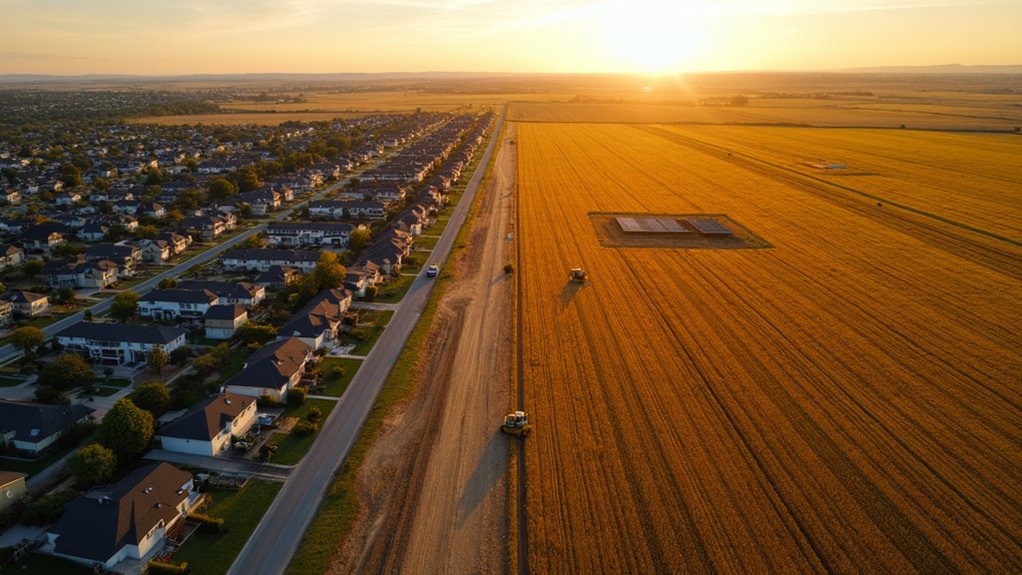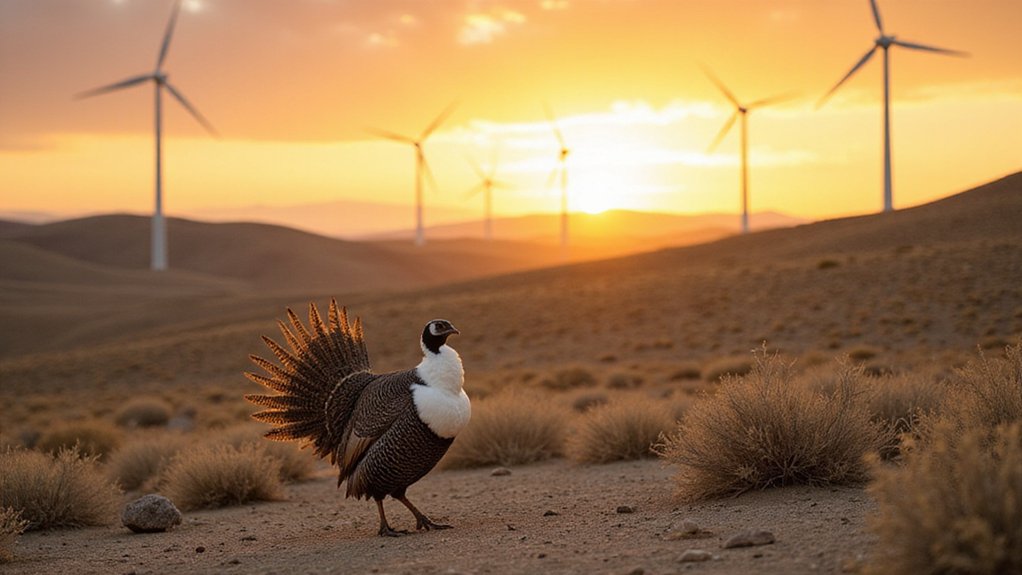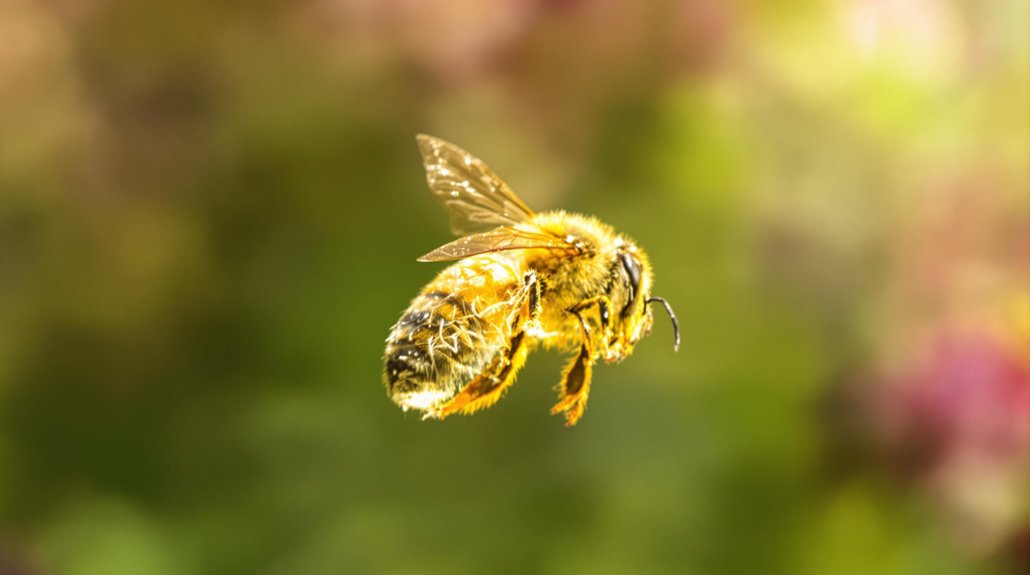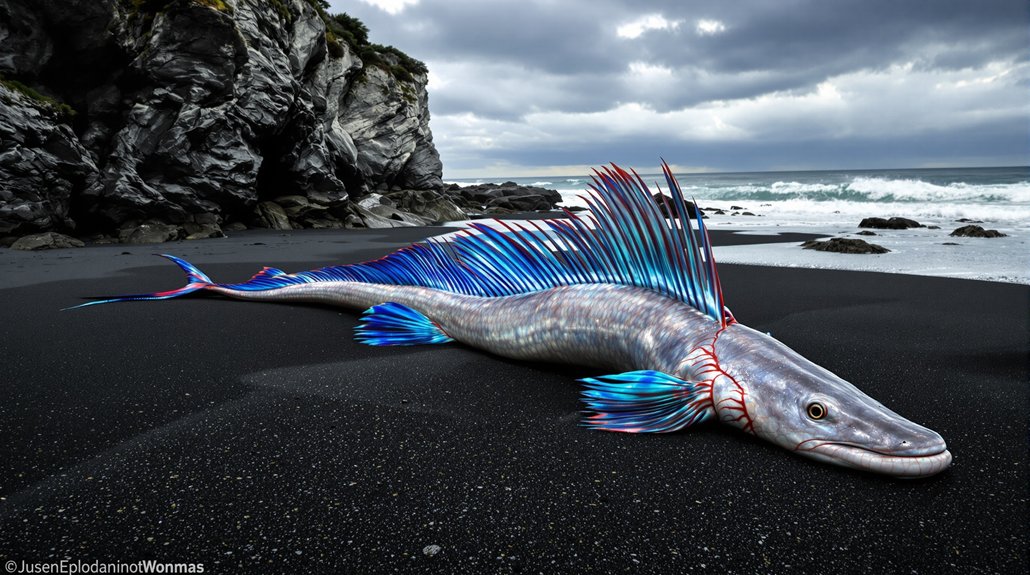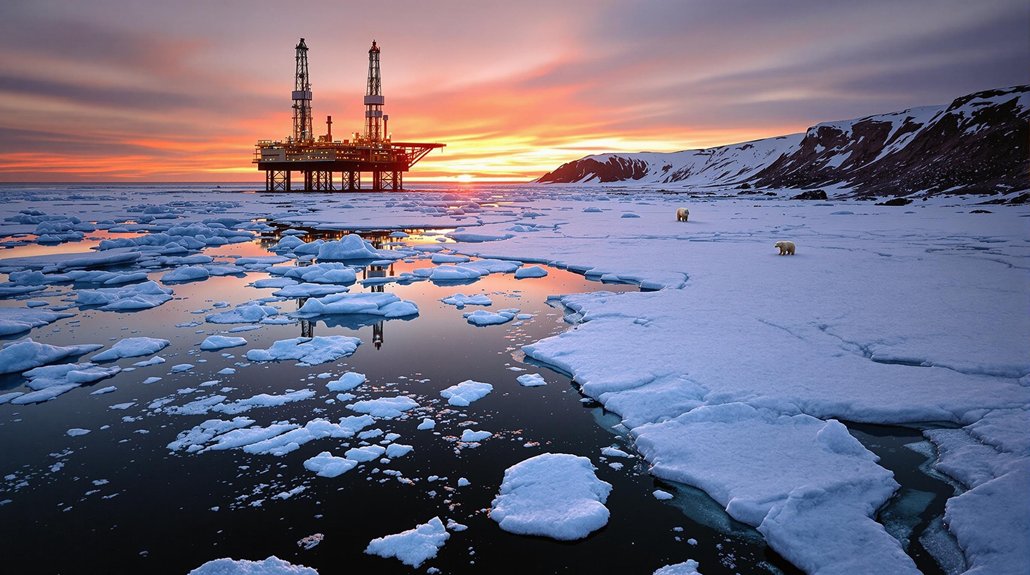The Amazon burns and bleeds gold. Since 2008, over 6,145 hectares of rainforest vanish annually, victims of humanity’s ancient obsession with shiny metal. Between 2001 and 2020, the Amazon lost 54.2 million hectares total, and gold mining‘s share keeps growing. From 2018 to 2023, the gold mining area doubled from 963,000 to 1.9 million hectares across Brazil, Guyana, Suriname, Venezuela, and Peru.
The damage isn’t subtle. Satellite images from Peru’s Madre de Dios region show 50,000 hectares destroyed from 1999 to 2012 alone. Small clandestine operations pop up like mushrooms after rain, dodging enforcement and spreading deep into protected lands. Just this year, 227 hectares disappeared from the Kayapó Indigenous Territory despite government crackdowns. The miners don’t care about boundaries drawn on maps.
Small clandestine operations pop up like mushrooms after rain, dodging enforcement and spreading deep into protected lands.
What’s left behind? A moonscape. Mining strips away nutrient-rich topsoil, leaving pits and dredged wastelands where nothing grows. Heavy equipment compacts the earth into concrete-hard surfaces. Mercury seeps into the ground, poisoning soil for generations. Some sites remain bare years later, evidence of nature’s inability to heal certain wounds.
The rivers fare no better. Gold extraction requires mercury, that liquid metal that doesn’t break down, doesn’t go away. It accumulates in fish, in water, in everything. Studies show 90% of fish near mining sites carry contamination. Local communities who depend on these rivers for drinking water and food? They’re out of luck. Indigenous communities like the Kakataibo face threats from these illegal economic activities, receiving violence and death threats as they try to protect their ancestral territories.
The climate implications hit hard too. Each cleared hectare means less carbon storage, less rainfall regulation, less of everything that makes the Amazon the Amazon. Mining has already cost an estimated 2 million tons of forest carbon. The cleared lands bake under the sun, becoming deserts in all but name.
Wildlife corridors shatter. Endemic species lose homes. Aquatic ecosystems collapse under sediment loads. The Amazon’s incredible biodiversity, built over millions of years, crumbles for metal that ends up in some vault or around someone’s neck.
The real kicker? These miners often work illegally, risking their health for poverty wages while destroying one of Earth’s last great wildernesses. The forest that took centuries to grow disappears in days, leaving behind poisoned dirt that might never support life again. Gold’s true cost isn’t measured in dollars but in dead rivers and silent forests.
References
- https://infoamazonia.org/en/2023/03/21/deforestation-in-the-amazon-past-present-and-future/
- https://news.mongabay.com/2024/07/gold-mining-in-the-amazon-has-doubled-in-area-since-2018-ai-tool-shows/
- https://wwf.panda.org/discover/knowledge_hub/where_we_work/amazon/amazon_threats/other_threats/amazon_mining
- https://pmc.ncbi.nlm.nih.gov/articles/PMC3832012/
- https://earth.org/amazon-rainforest-deforestation-facts/
